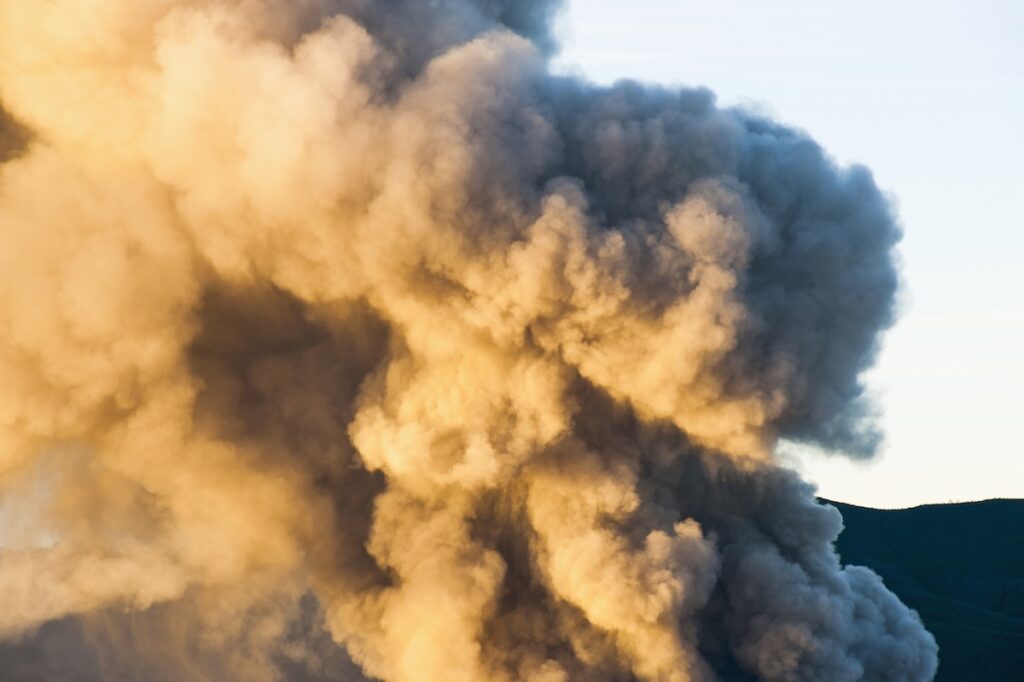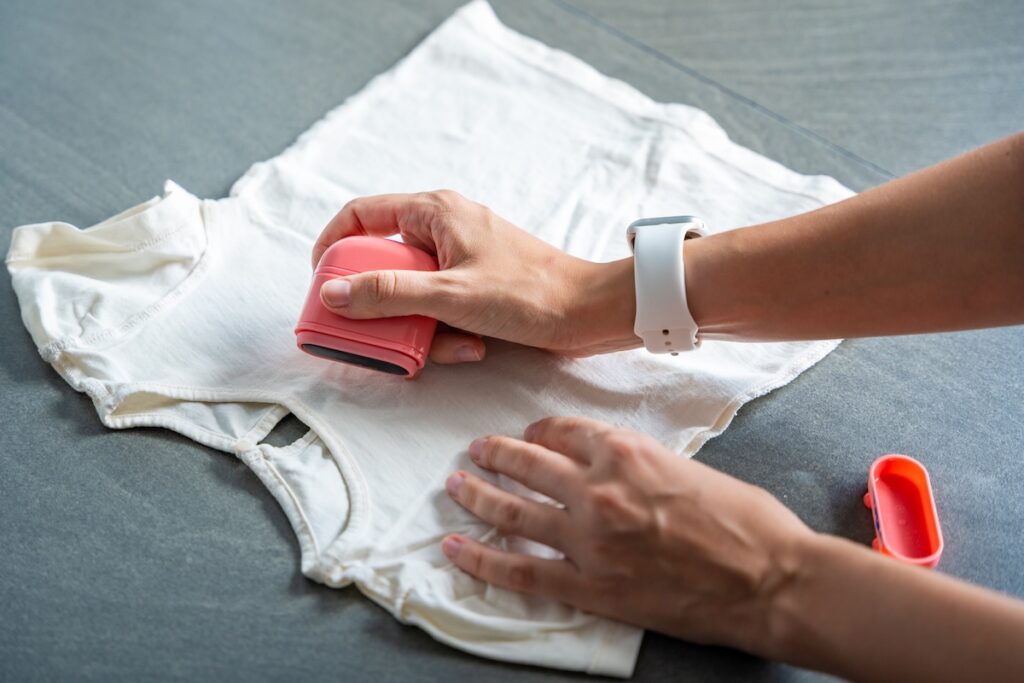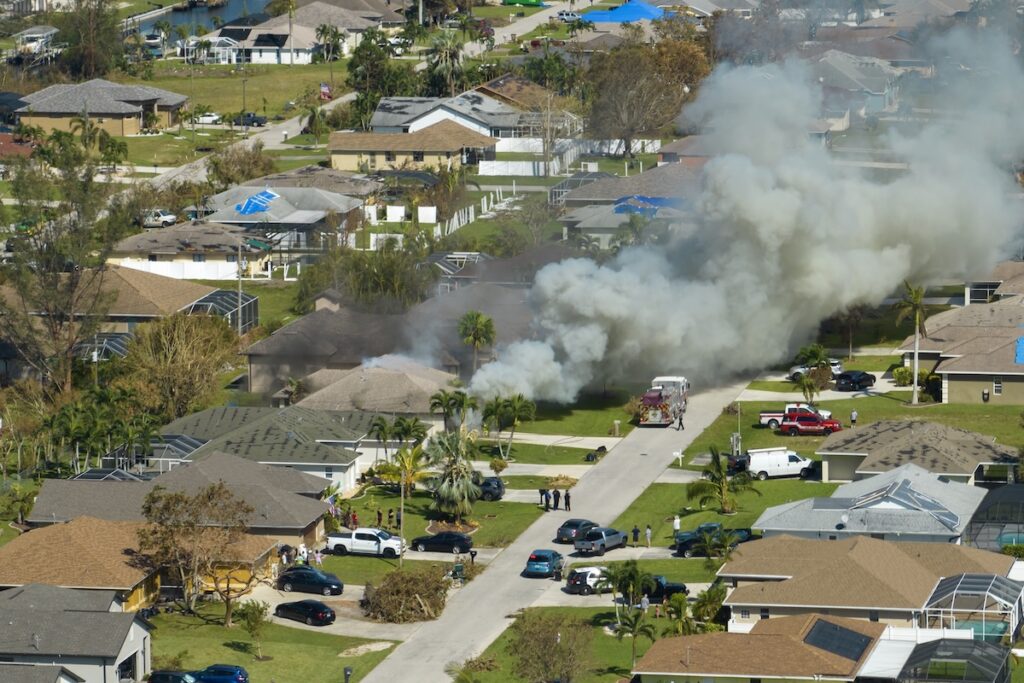Whether you’ve just been near a campfire, dealt with a kitchen mishap, or experienced a full-blown house fire, smoke can cling to your clothes in stubborn, smelly ways. That smoky scent is more than just unpleasant—it can trigger respiratory issues, cling to other fabrics in your home, and remind you of traumatic events like a fire.
If your clothing has been affected by smoke damage, this guide will walk you through everything you need to know about how to get smoke smell off your clothes—from DIY methods to professional contents restoration strategies.
As a leader in disaster restoration across Central Alberta, DKI – Central Alberta specializes in fire and smoke damage restoration, including deodorizing and restoring clothes and other fabric materials. We service Red Deer, Lacombe, Sylvan Lake, Stettler, Bowden, Penhold, and surrounding areas.
Table of Contents
- Why Smoke Smell Is So Hard to Remove
- Types of Smoke That Affect Clothes
- First Steps: What to Do Immediately After Smoke Exposure
- Home Remedies to Remove Smoke Odor from Clothes
- How to Wash Clothes After Fire Exposure
- Dealing with Heavily Smoke-Damaged or Burned Clothing
- How to Restore Delicate or Expensive Garments
- When to Call Contents Restoration Professionals
- Why Smoke-Damaged Clothes May Require Specialized Restoration
- How DKI – Central Alberta Can Help
1. Why Smoke Smell Is So Hard to Remove
Smoke particles are incredibly fine—smaller than dust. When clothes are exposed to smoke, these particles embed themselves deep within the fibers of the fabric. The result? A stubborn, clinging odor that doesn’t go away with just one wash.
Even worse, smoke can include a mix of harmful chemicals depending on what was burning:
- Wood (from fires or fireplaces)
- Plastic and synthetics (from house fires)
- Tobacco and nicotine (cigarettes)
- Grease and protein fires (kitchen fires)
Each type leaves behind its own unique chemical footprint, making smoke smell removal a complex process.
2. Types of Smoke That Affect Clothes

Understanding the source of the smoke helps determine the best way to treat your clothes. Here are the most common culprits:
Tobacco Smoke (Cigarettes, Cigars, Vaping)
Tobacco smoke is oily and clingy. It embeds into clothing fibers quickly and is especially difficult to remove without multiple treatments.
Wood Smoke (Campfires, Fireplaces)
Though more natural, wood smoke leaves behind soot and ash that can discolor fabrics as well as smell.
Protein Smoke (Kitchen Fires)
Burning meat or grease creates a dense, sticky smoke that leaves a yellow-brown residue and a very strong odor.
Synthetic Smoke (House Fires)
When carpets, plastics, or electronics burn, the smoke contains toxic compounds that are hazardous and require professional handling.
3. First Steps: What to Do Immediately After Smoke Exposure
Acting fast is key. Here’s what to do if your clothes are exposed to smoke:
- Remove Clothing Immediately: Don’t let the smoke particles settle.
- Separate Clothes: Keep smoky clothes away from clean ones so the odor doesn’t spread.
- Shake Out Debris: Soot and ash should be shaken out outdoors.
- Air Out: Hang clothes outside in a dry, shaded area to begin airing out the smell.
Avoid stuffing smoky clothes in a laundry hamper—it traps the smell and makes it harder to remove later.
4. Home Remedies to Remove Smoke Odor from Clothes

Before turning to harsh chemicals, you can try these tried-and-true home remedies:
A. Vinegar Soak
Vinegar neutralizes odors.
- Mix 1 cup of white vinegar with warm water in a large basin or tub.
- Soak the smoky clothes for 30–60 minutes.
- Wash as normal afterward.
B. Baking Soda
Baking soda absorbs odors.
- Add ½ cup of baking soda to your washing machine drum along with your laundry detergent.
- For intense odor, sprinkle baking soda directly on damp clothes before washing.
C. Activated Charcoal
For delicate items:
- Place clothes in a large bin or sealed bag with charcoal pouches.
- Leave for 24–48 hours to absorb the smell.
D. Lemon Juice and Sunlight
Lemon juice cuts through odors and fresh air helps eliminate lingering smell.
- Spray lemon juice diluted with water on the garments.
- Hang outside on a clothesline (avoid direct sunlight for dark clothing).
Important Note: Never use chlorine bleach on smoky clothes without reading care labels—especially if fabrics have fire retardant treatments.
5. How to Wash Clothes After Fire Exposure

If your home experienced a fire—even a small one—use caution before attempting to wash clothing. Here’s how to do it safely and effectively:
Step 1: Pre-Wash Inspection
- Look for visible soot, burn marks, or residue.
- Bag heavily damaged items separately for professional cleaning.
Step 2: Pre-Treat
- Soak in cold water with baking soda and vinegar.
- Allow to sit for 1–2 hours.
Step 3: Wash Cycle
- Use a high-efficiency washing machine.
- Add baking soda and a cup of vinegar along with mild detergent.
- Wash on the longest, hottest cycle permitted by the fabric care instructions.
Step 4: Air Dry Only
- Avoid the dryer. Heat can set smoke odors permanently into the fabric.
Repeat this process 2–3 times if needed.
6. Dealing with Heavily Smoke-Damaged or Burned Clothing
Not all clothes can be salvaged after exposure to heavy smoke or fire. If your clothes:
- Have a sticky residue
- Are singed or scorched
- Smell even after multiple washes
- Show signs of discoloration or fabric breakdown
…they may require professional contents restoration or need to be discarded entirely.
Warning: Soot can be toxic. Do not attempt to clean soot-covered clothes from a structural fire unless you’re wearing gloves and a mask.
7. How to Restore Delicate or Expensive Garments
Clothing such as:
- Wedding gowns
- Suits
- Leather jackets
- Dry clean-only fabrics
…should never be treated at home for smoke damage.
Instead:
- Use an odor-sealing bag or bin to contain the smell
- Bring to a professional contents restoration company with fire damage expertise
- Avoid dry cleaners that don’t specialize in smoke damage
Standard dry cleaning may only mask the smell instead of removing it.
8. When to Call Contents Restoration Professionals
You should call a restoration professional when:
- The smell persists after several DIY attempts
- Your clothing was in a fire-damaged property
- You need to clean large quantities of clothing
- There’s a risk of cross-contamination with other items
- Items are sentimental or irreplaceable
DKI – Central Alberta uses advanced deodorization methods like:
- Ozone treatment
- Thermal fogging
- Ultrasonic cleaning
- Specialty fabric restoration
- Hydroxyl odor removal systems
9. Why Smoke-Damaged Clothes May Require Specialized Restoration

Here’s why professional contents restoration is sometimes necessary:
Health Risks
Smoke residue can contain carcinogens, irritants, and toxins. Wearing smoke-contaminated clothes—especially near the skin—can cause allergic reactions or respiratory distress.
Structural Damage to Fabric
Smoke and soot weaken fibers, especially in natural fabrics like cotton or silk. Professionals can restore them without further wear.
Odor Penetration
Some smells are embedded molecularly into fibers. DIY solutions only go so far.
Insurance Coverage
If the smoke damage resulted from a fire claim, contents cleaning and clothing restoration may be covered under your homeowner’s policy.
DKI – Central Alberta works with major insurance companies and can assist you with the claims process.
10. How DKI – Central Alberta Can Help
At DKI – Central Alberta, we don’t just restore buildings—we restore your belongings, too.
Our contents restoration services include:
- Smoke and soot removal
- Clothing and textile restoration
- Ozone deodorization
- Inventory and pack-out services
- Coordination with insurance adjusters
We service homes and businesses in:
- Red Deer
- Lacombe
- Sylvan Lake
- Stettler
- Bowden
- Penhold
- And surrounding Central Alberta communities
Whether you’ve experienced a full fire or just have belongings that smell like smoke, we can help.
11. Final Thoughts
Clothing holds emotional and financial value. Whether it’s your favorite sweater or your child’s baby clothes, smoke damage doesn’t mean automatic replacement.
With the right knowledge, you can often remove the smell of smoke from your clothes at home. But when the damage is severe—or when health and safety are on the line—professional contents restoration is your best option.
Need help? Contact DKI – Central Alberta for expert disaster restoration, fire damage cleanup, and clothing restoration services you can count on.

